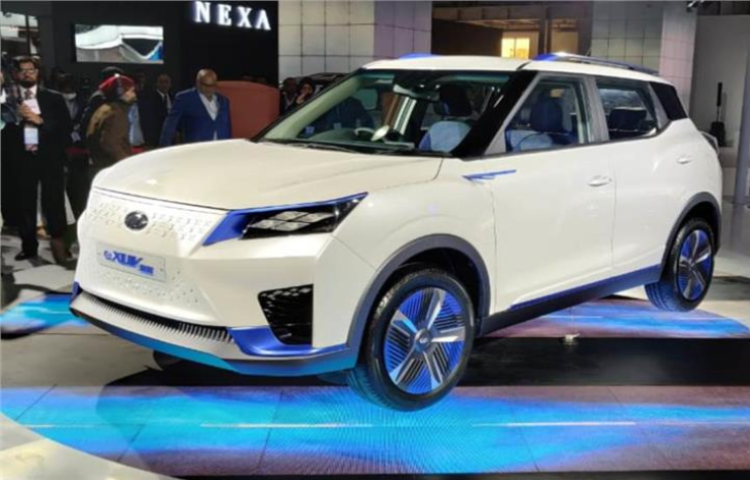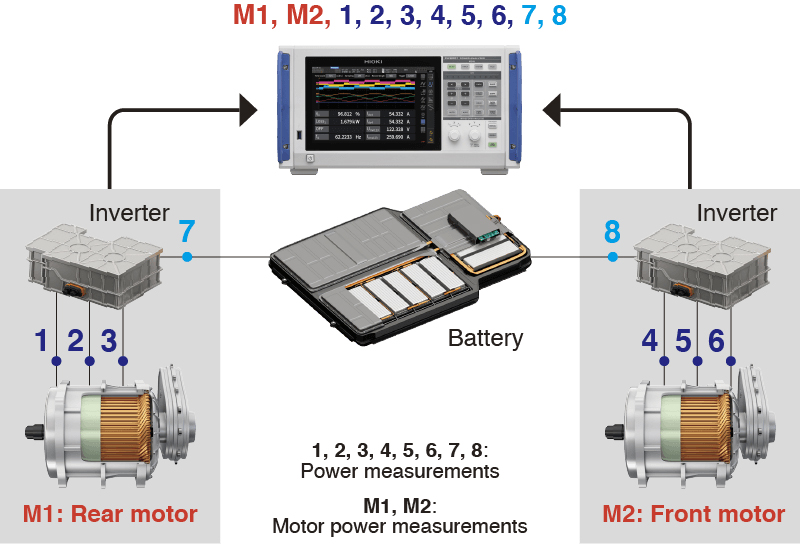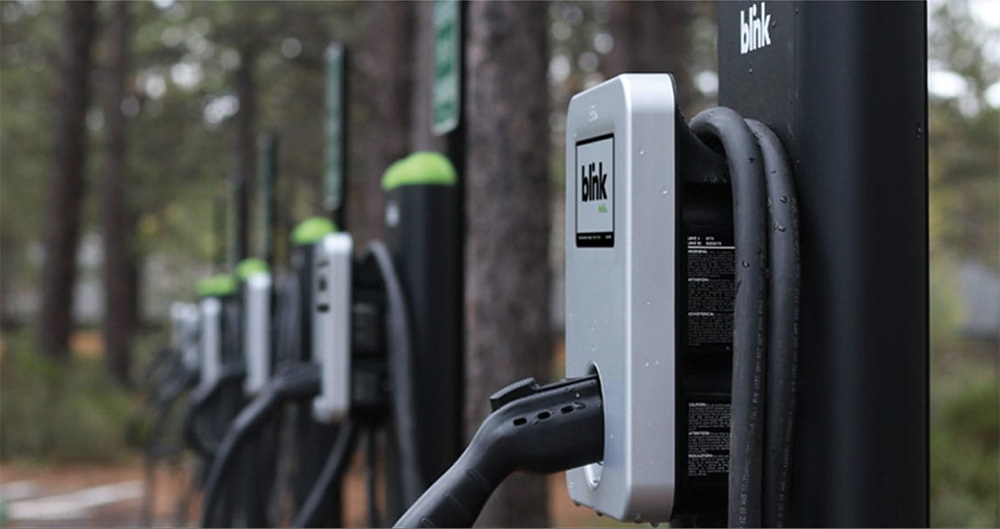[ad_1]
California’s 2035 phase-out of ICE cars has been grabbing the headlines, but other regulations that are in the works could have even more impact on emissions. When it meets on October 27, the California Air Resources Board (CARB) will consider putting in place a framework to require vehicle fleets, both public and private, to begin the transition to zero-emission vehicles in 2024.
The Advanced Clean Fleets regulation rule would also move up the existing deadline requiring all new medium- and heavy-duty vehicle sales to be zero-emission from 2045 to 2040. It would apply to pretty much all fleet vehicles, from pickups to delivery vehicles to long-haul and drayage freight to work trucks like cement mixers and bucket trucks. An estimated 1.8 million vehicles in California would be affected by the proposed regulation.
“It’s the most significant transportation-related regulation in probably all of our lifetimes. It’s going to be transformative on a scale that’s just immense,” Sean Cocca of fleet management consulting firm Gladstein, Neandross & Associates told Government Technology.“There is a large pool of companies and motor carriers that this rule is going to affect.”
Starting in 2024, 50 percent of new heavy-duty vehicles purchased by government and public agency fleets would need to be zero-emission, and this would increase to 100 percent by 2027. Exceptions could be made for specialty vehicles for which electric options are unavailable (e.g. fire trucks).
Company fleets would have to begin electrifying in 2025, when 10 percent of each fleet would be required to consist of EVs. This would increase to 100 percent by 2035.
“You don’t have to retire 10 vehicles. You just have to make sure that 10 percent of your fleet is zero-emission,” Cocca clarified.
CARB Chair Liane Randolph called the proposed rules “strong, enforceable regulations that send clear market signals to manufacturers, alongside strategic investments that support technology development and deployment, and ensure an equitable transition to zero-emission vehicles.”
Source: Government Technology
[ad_2]
Source link




